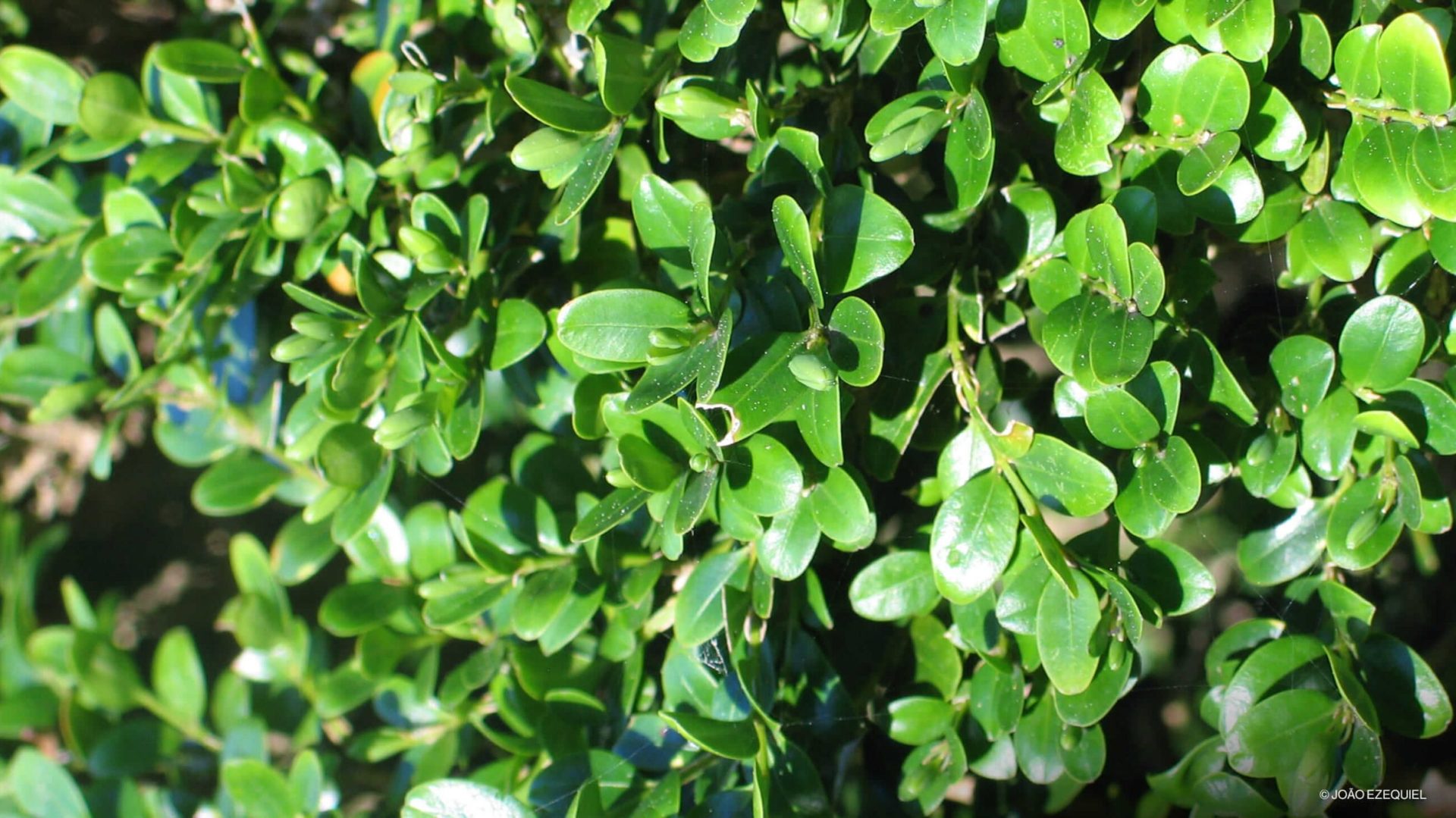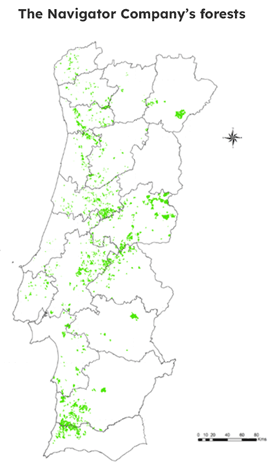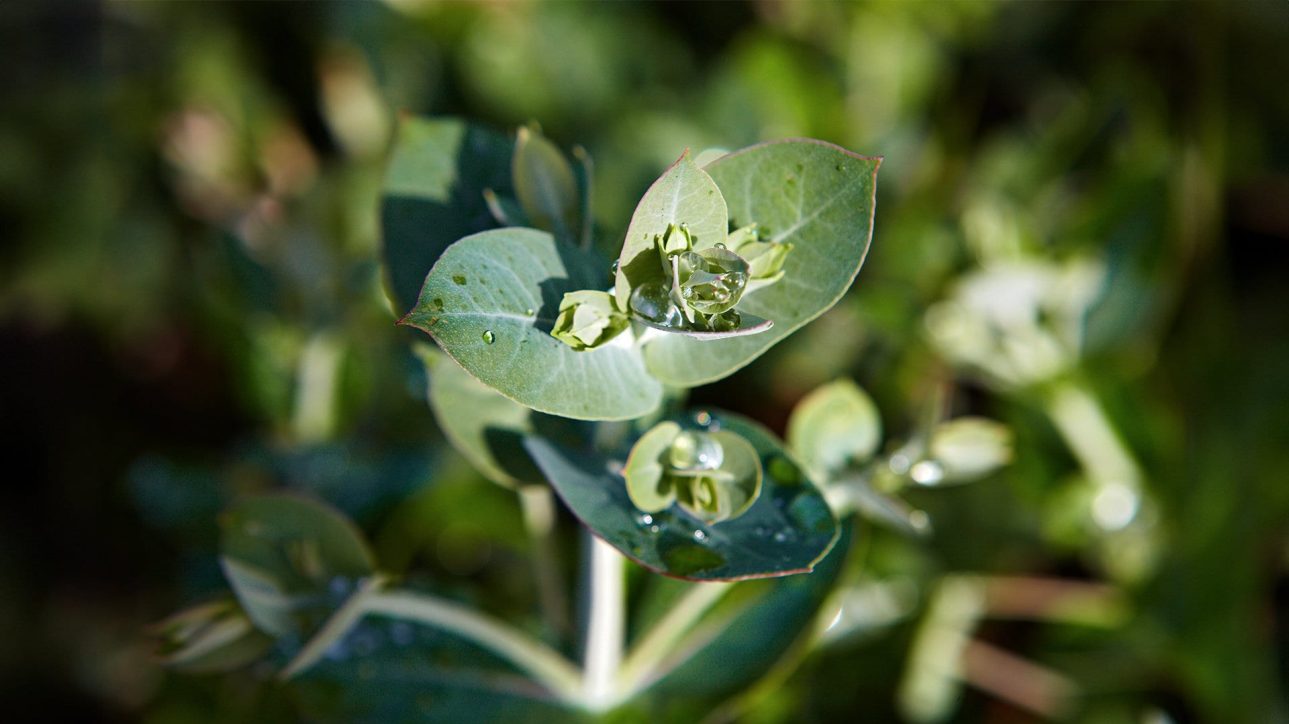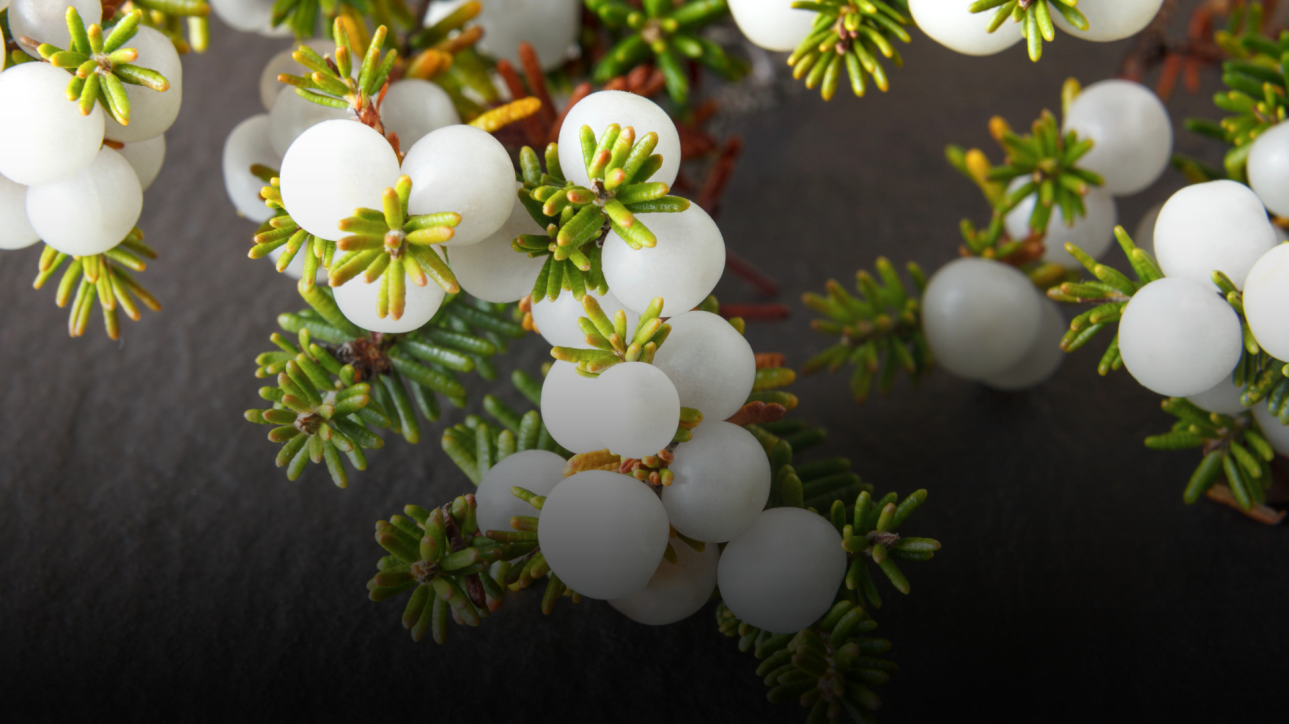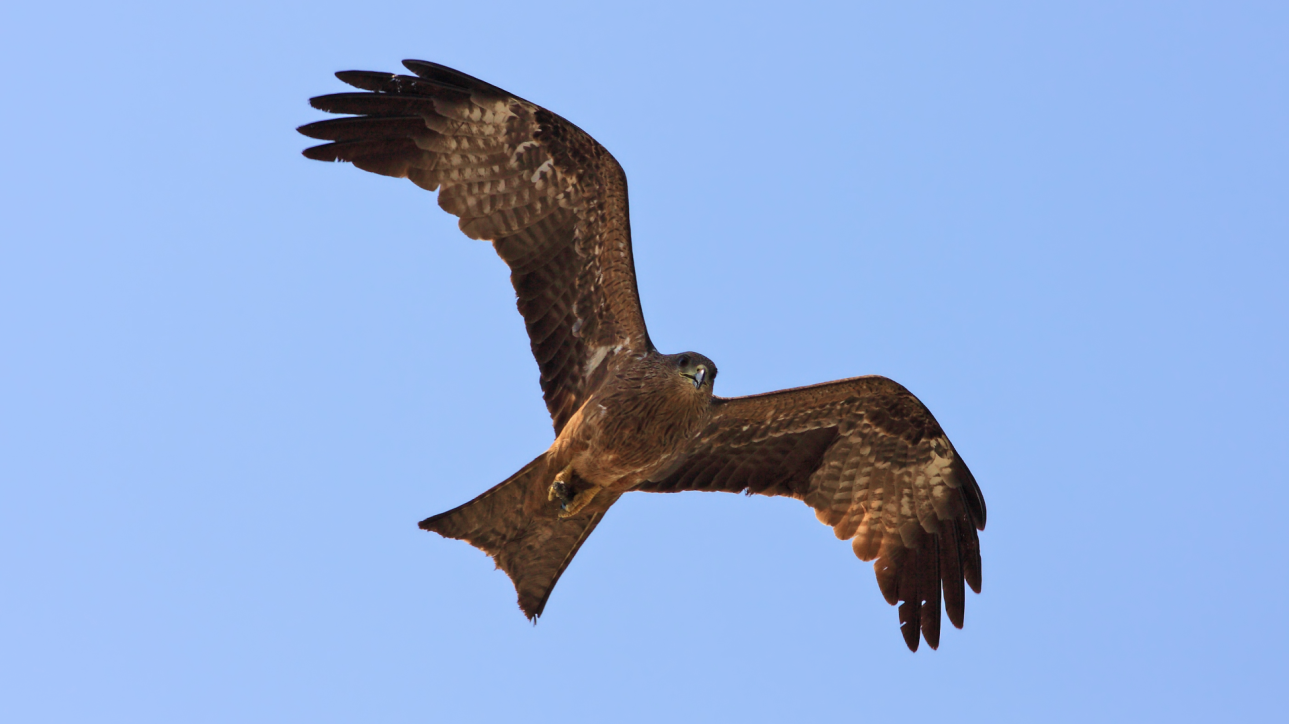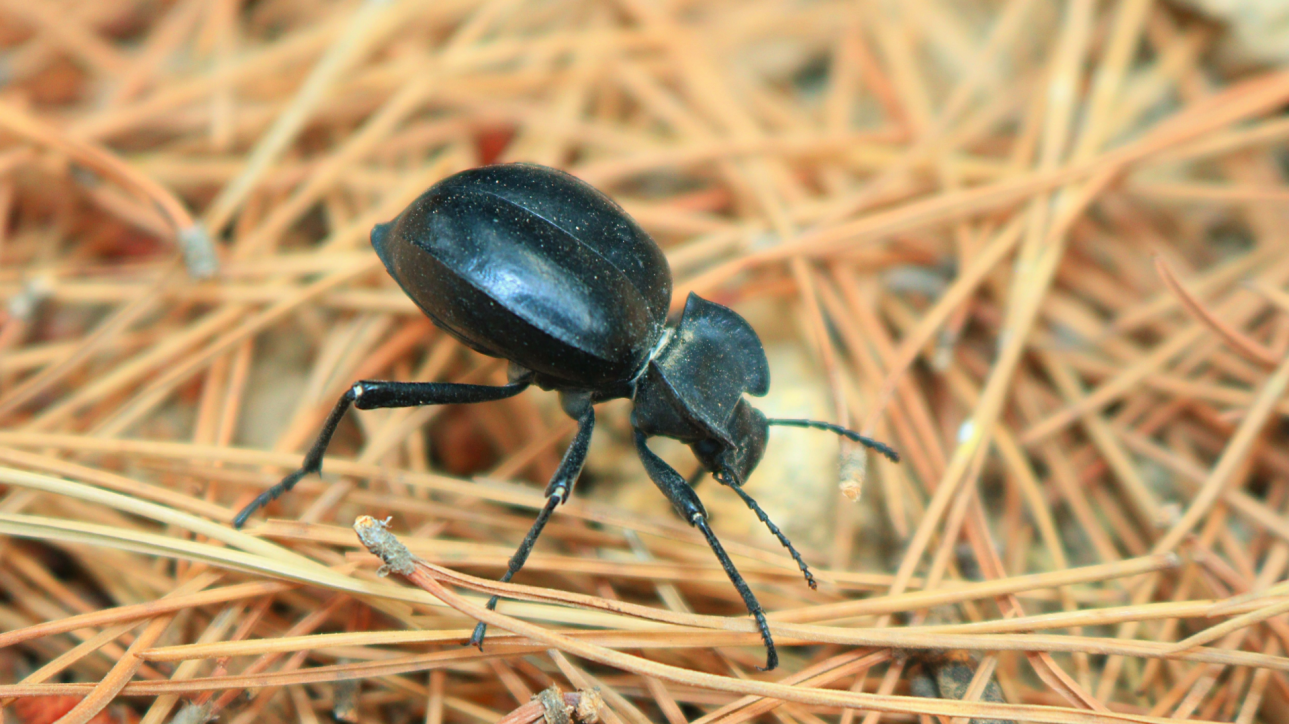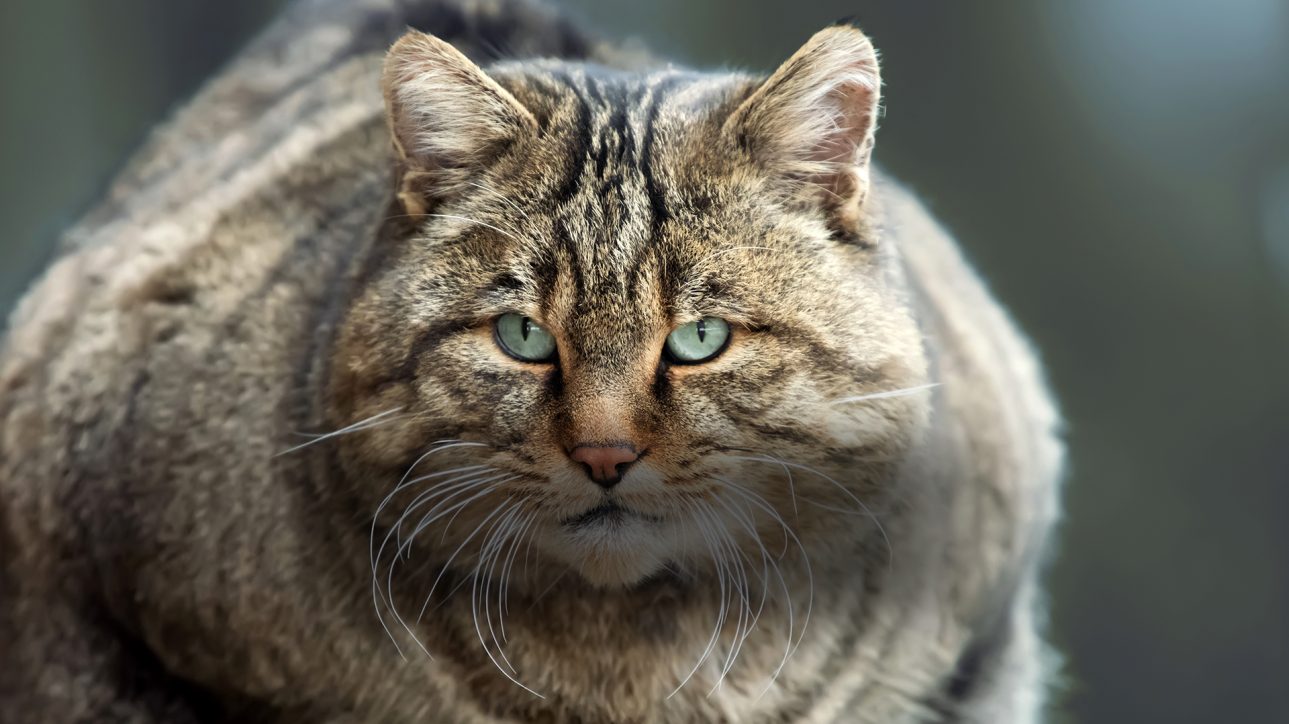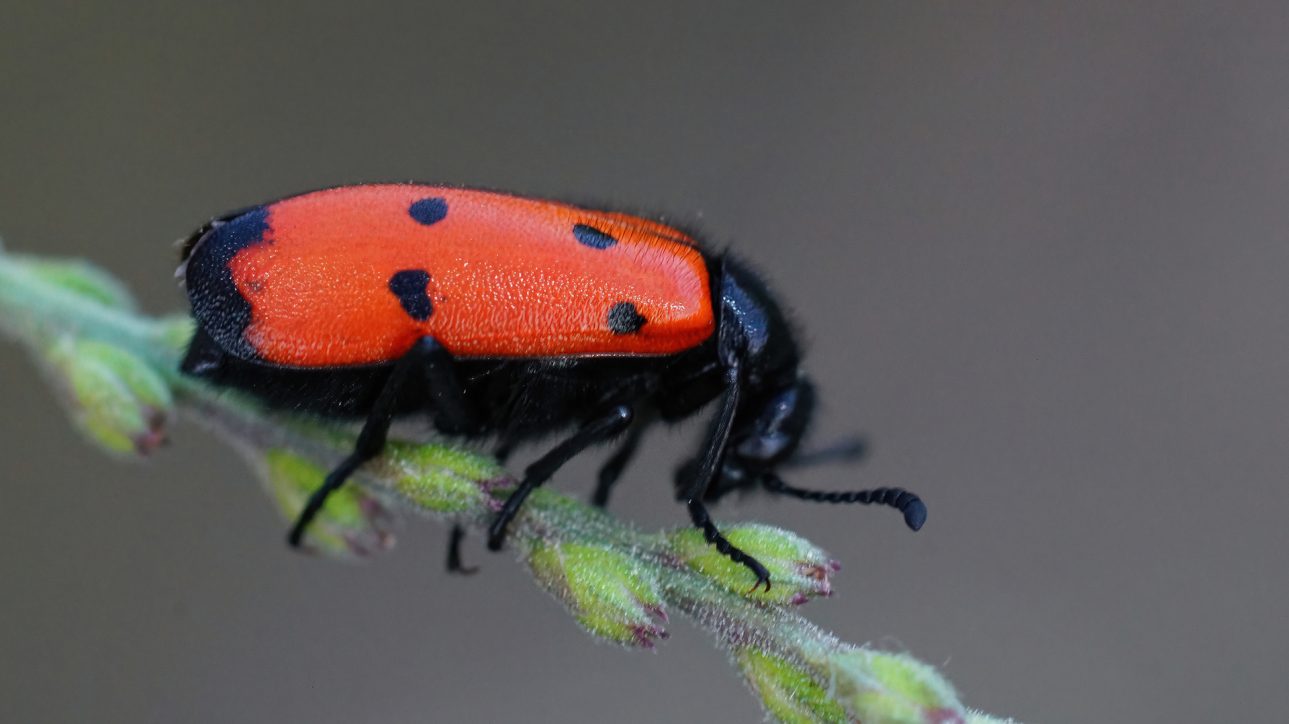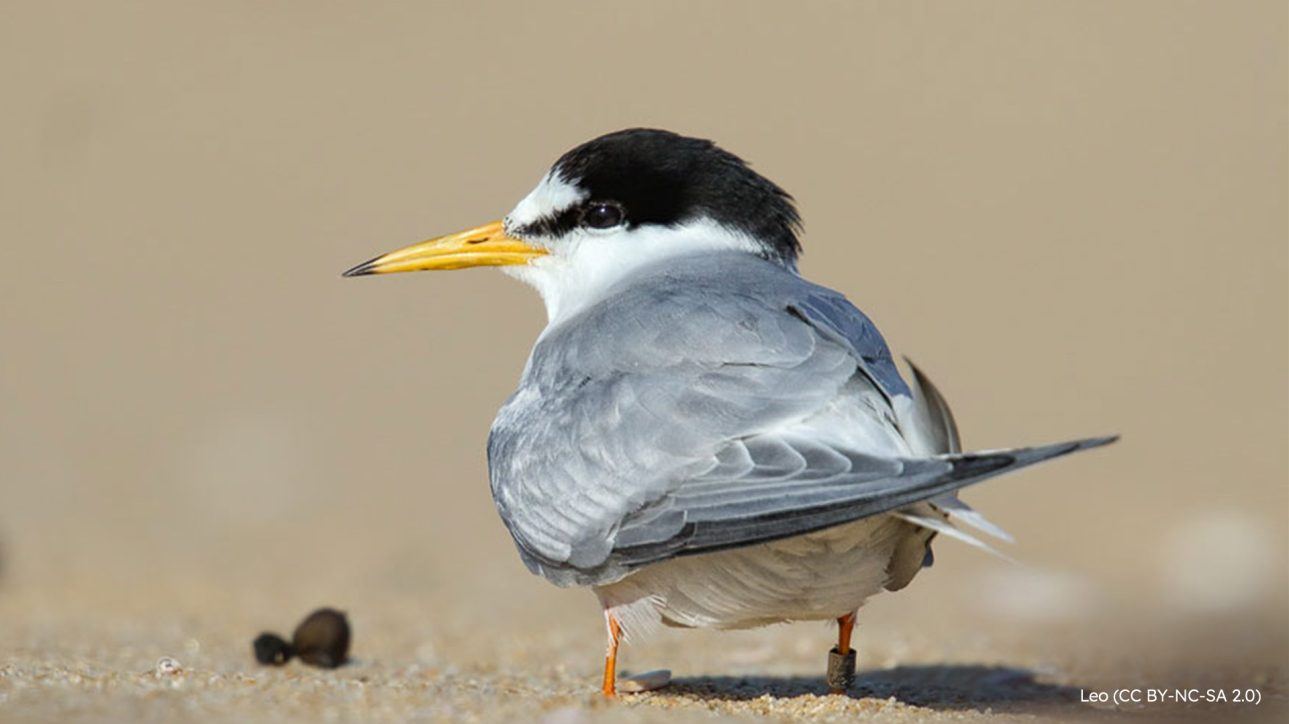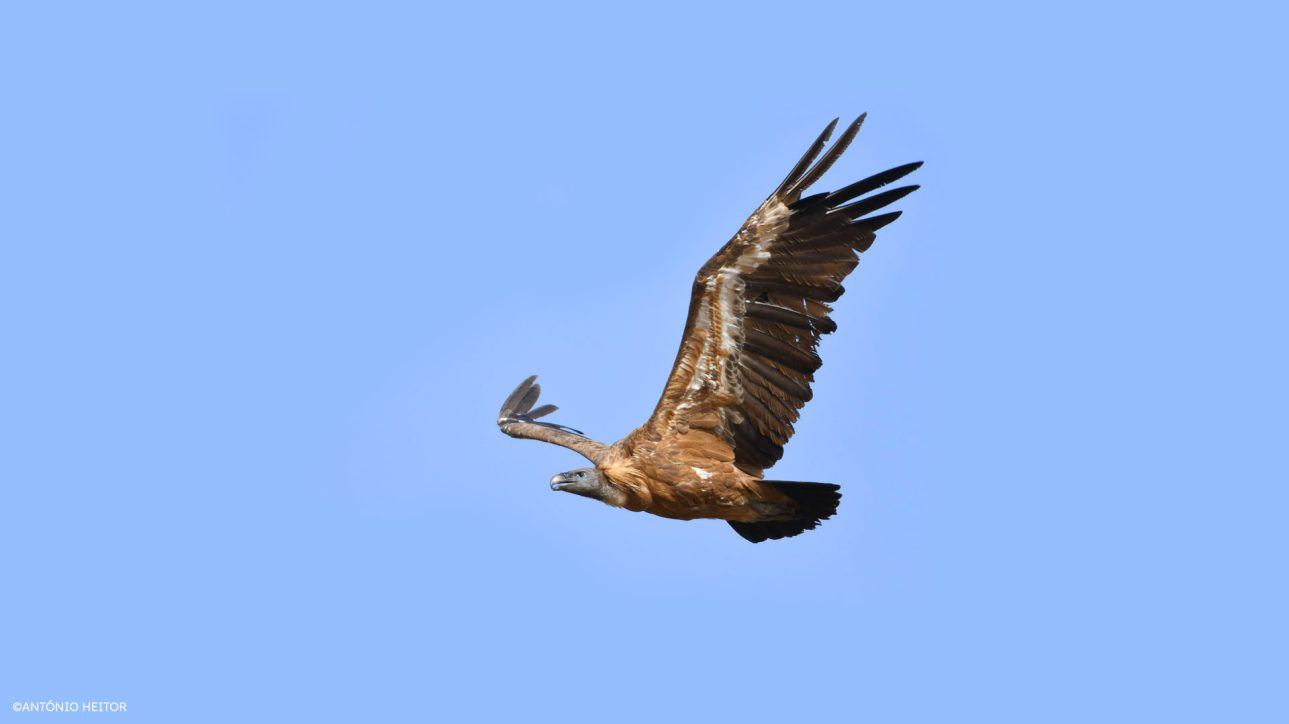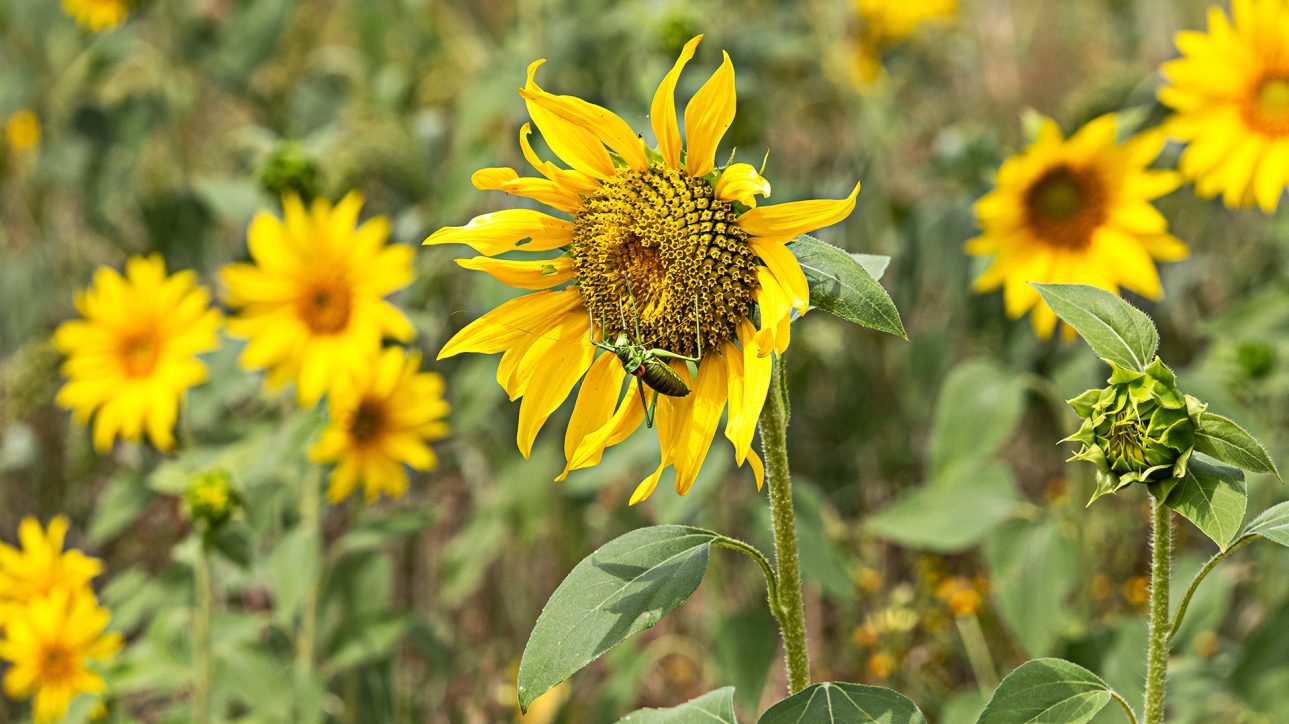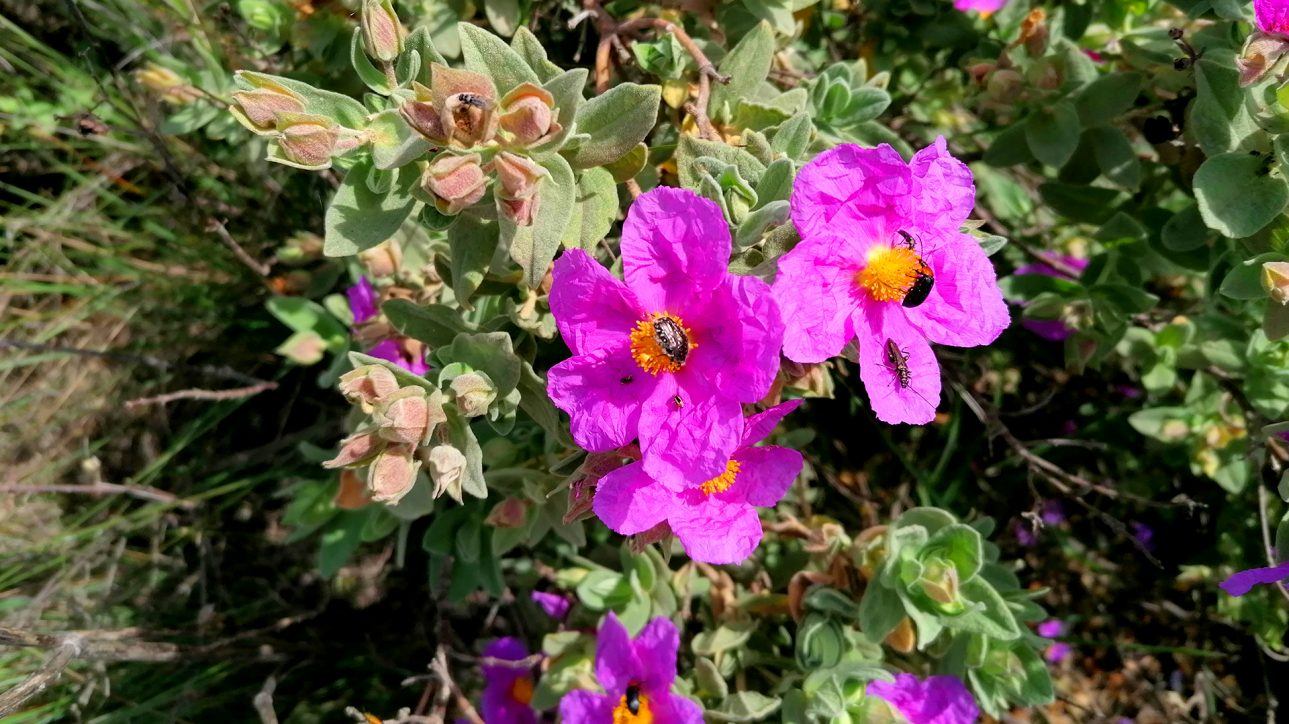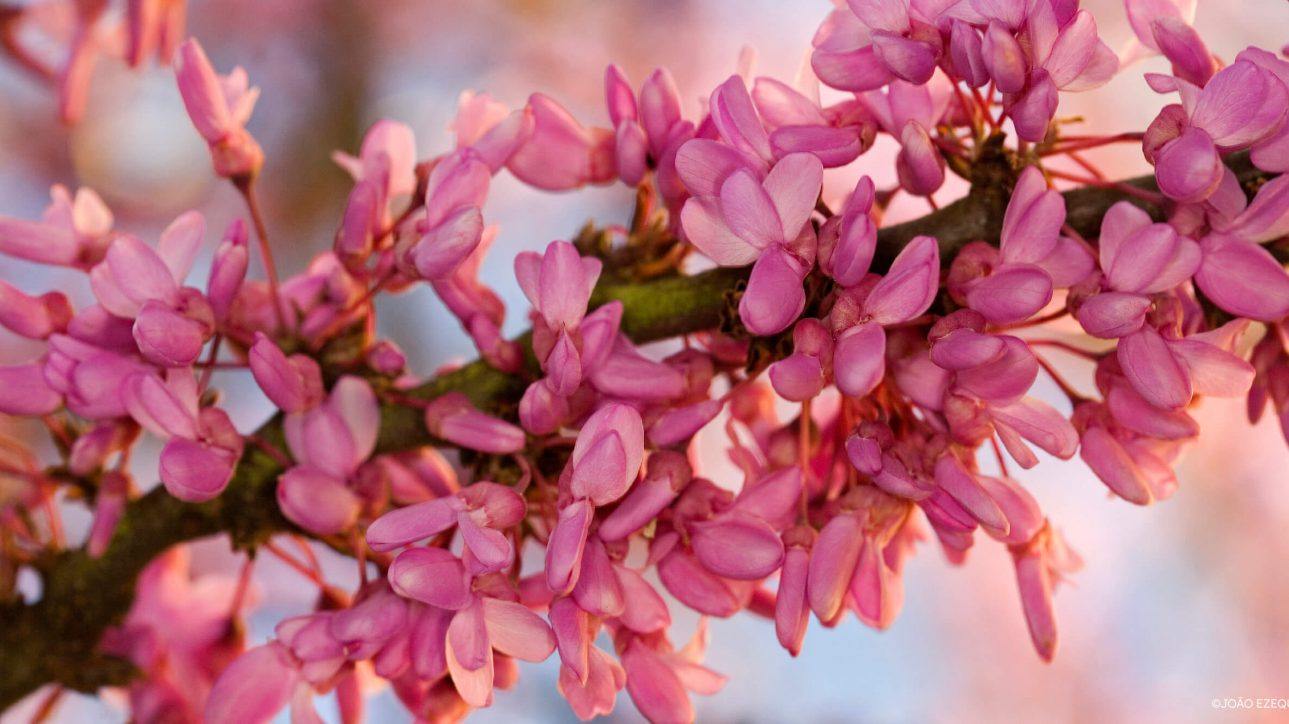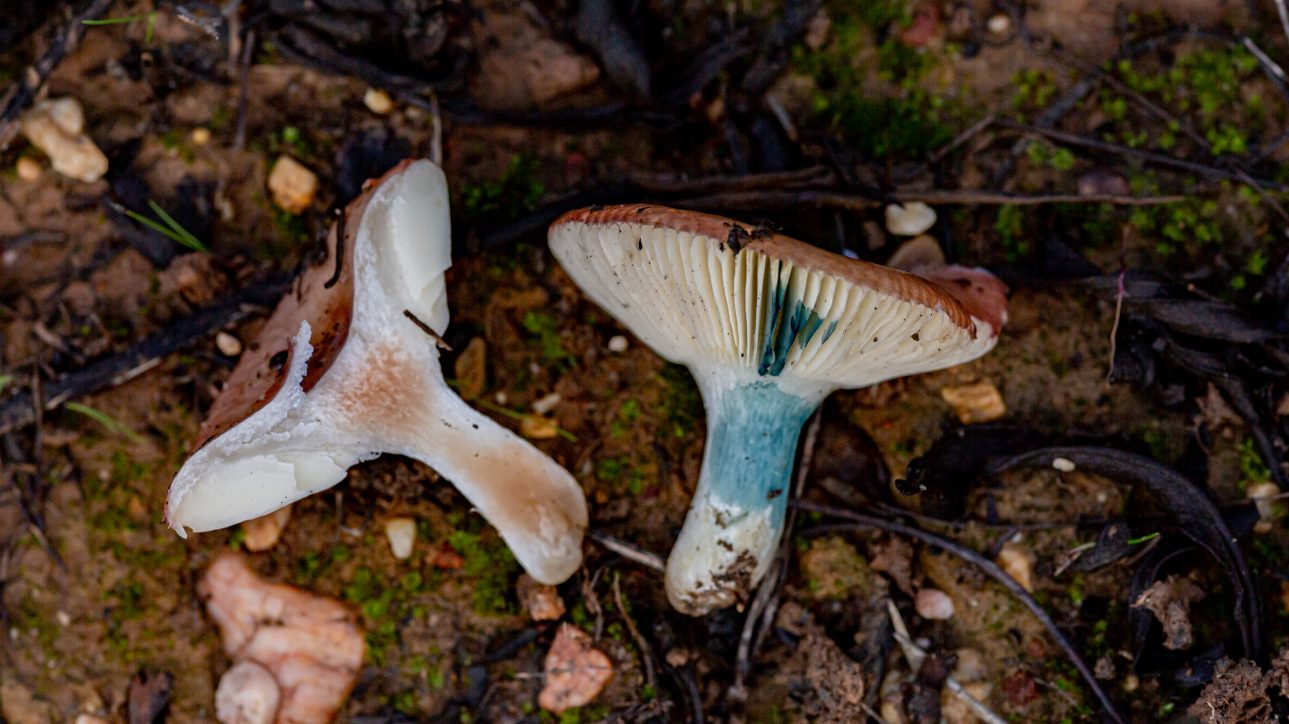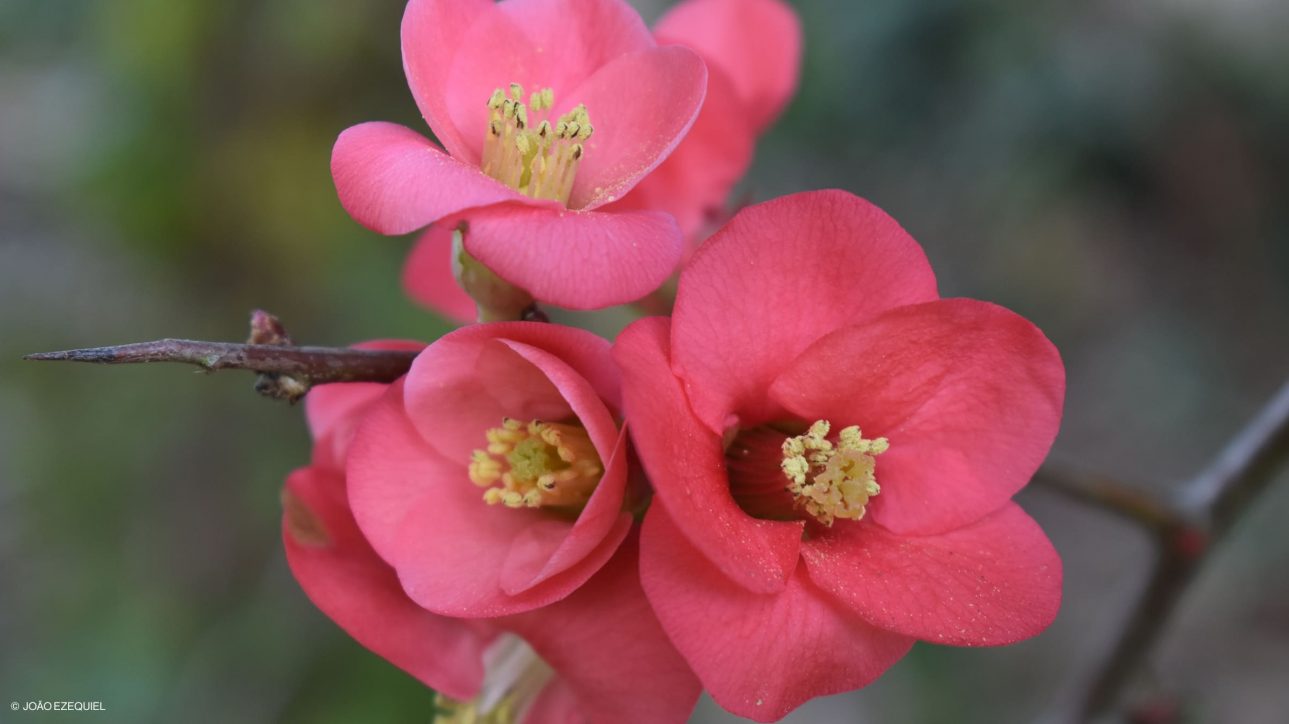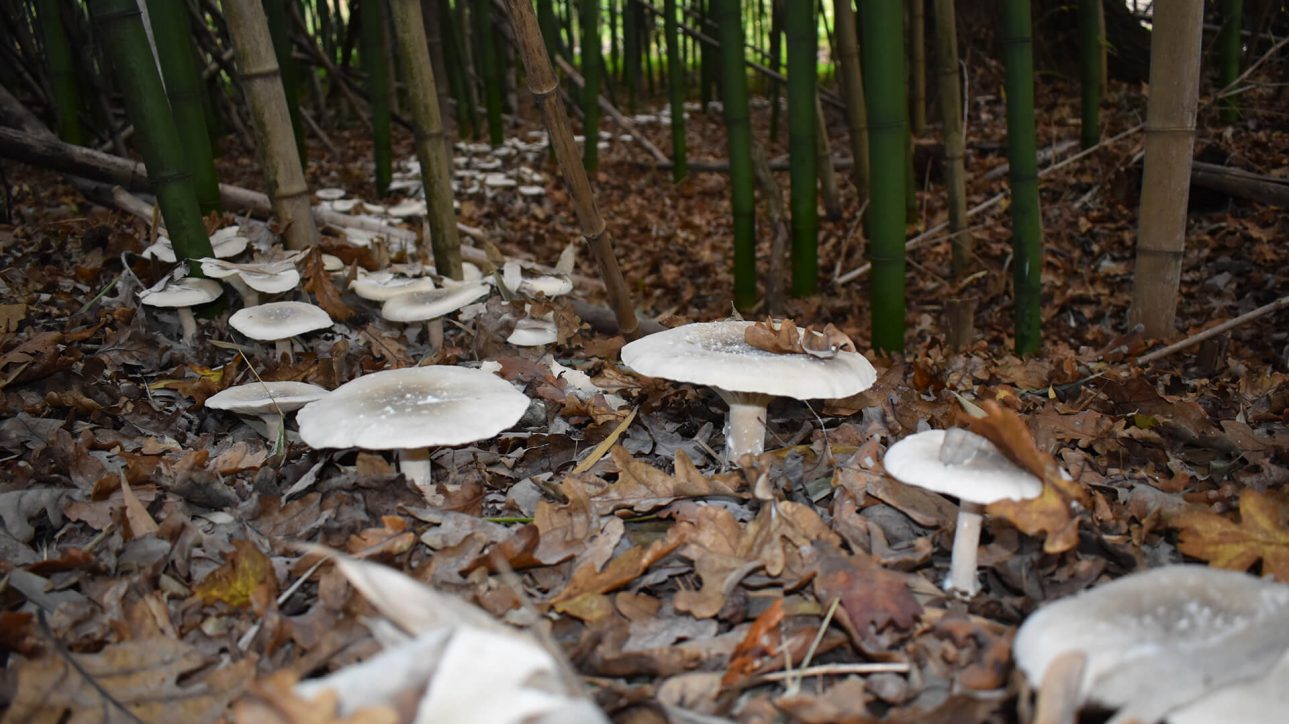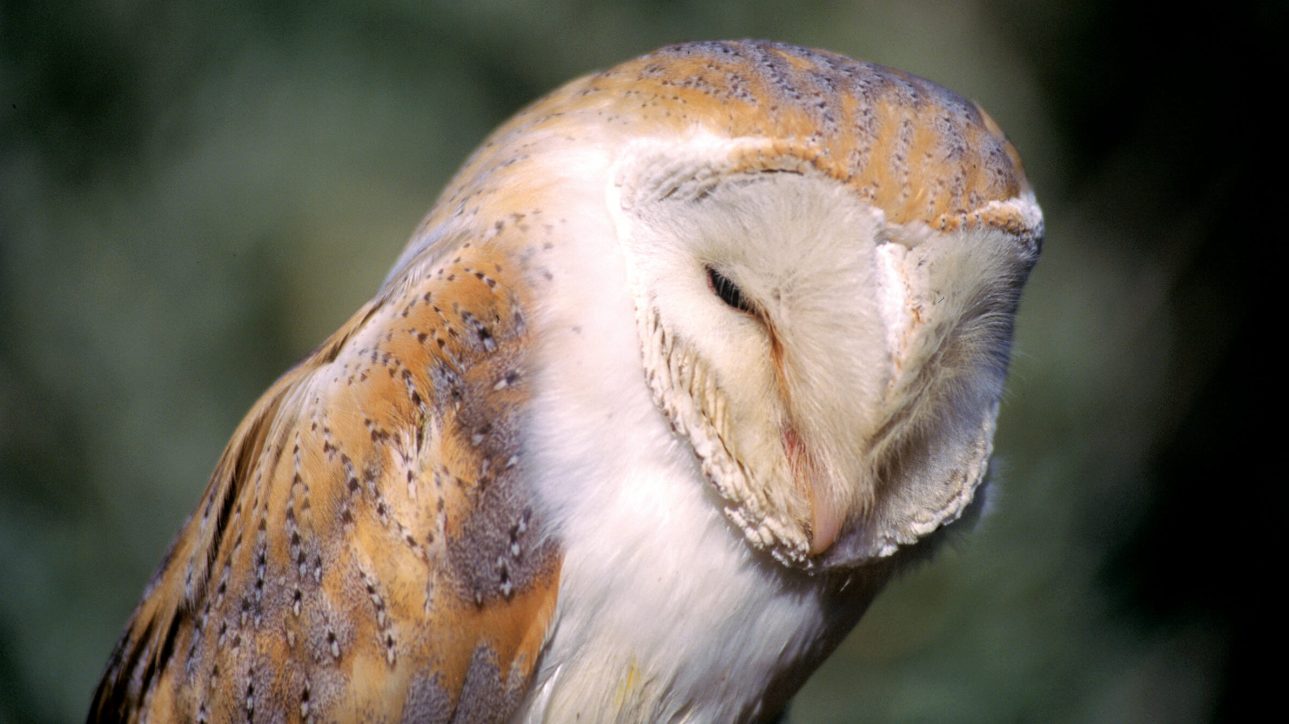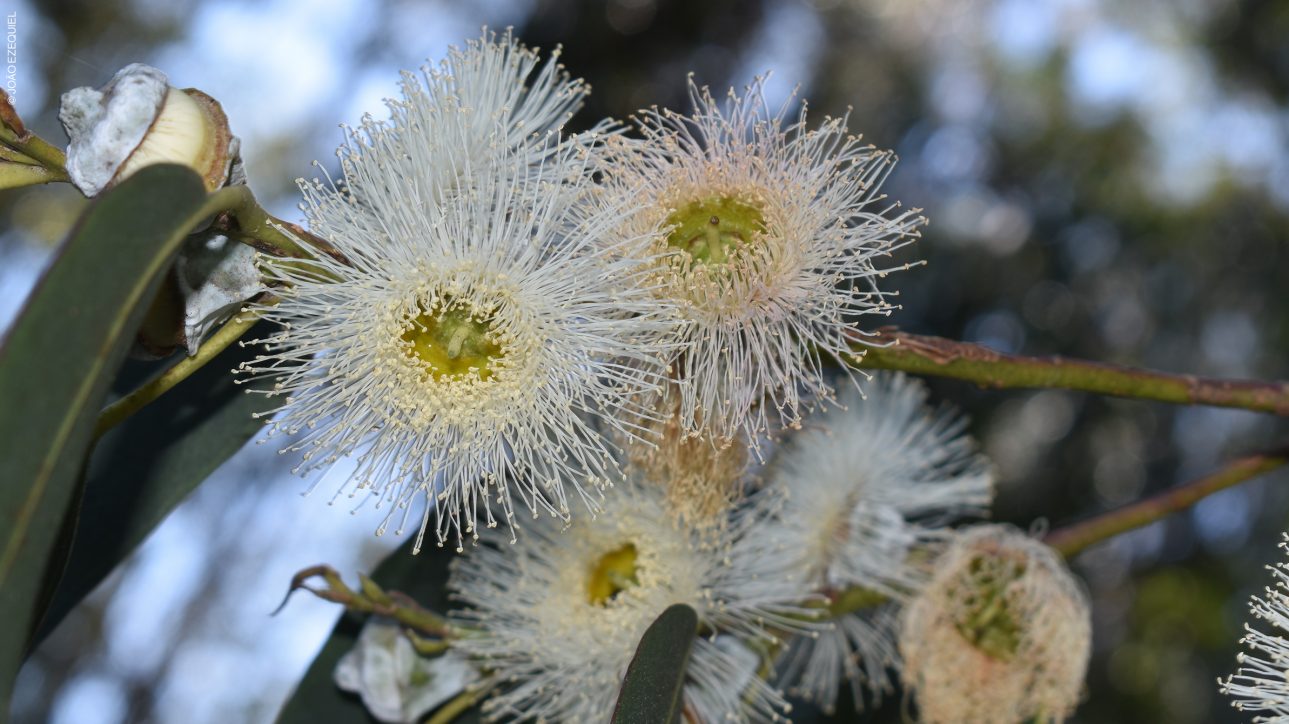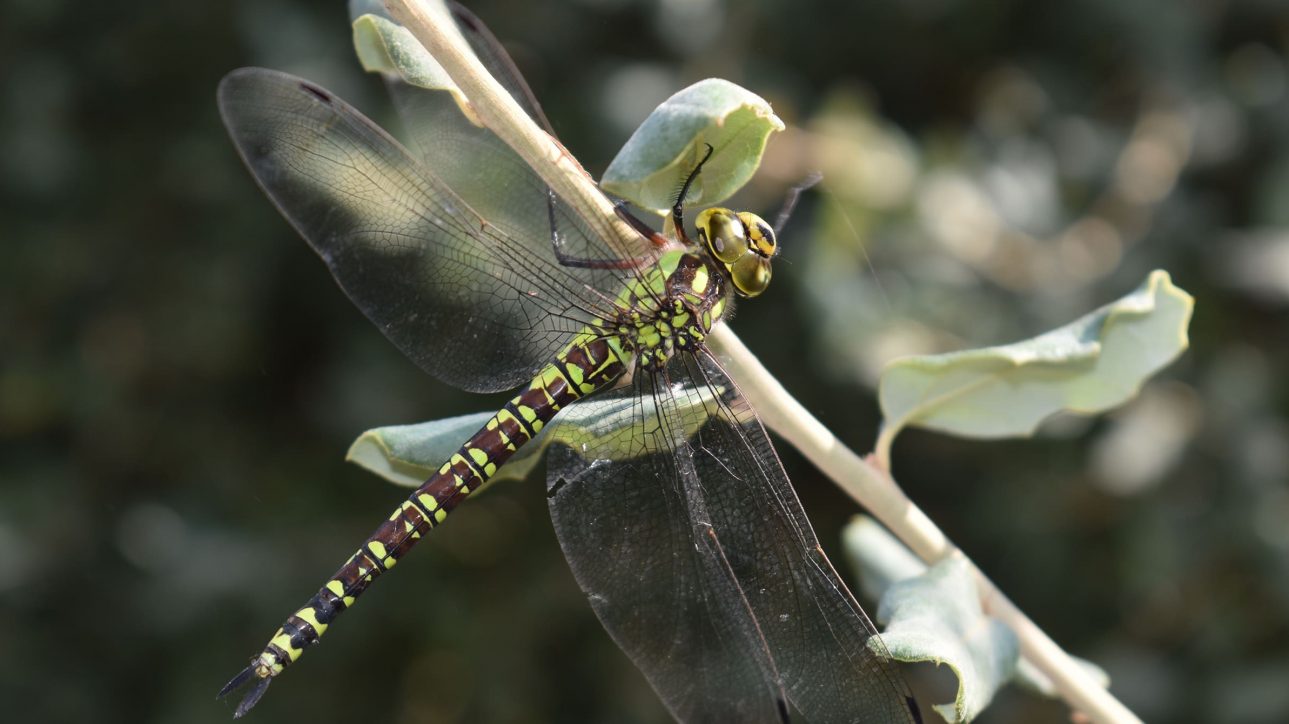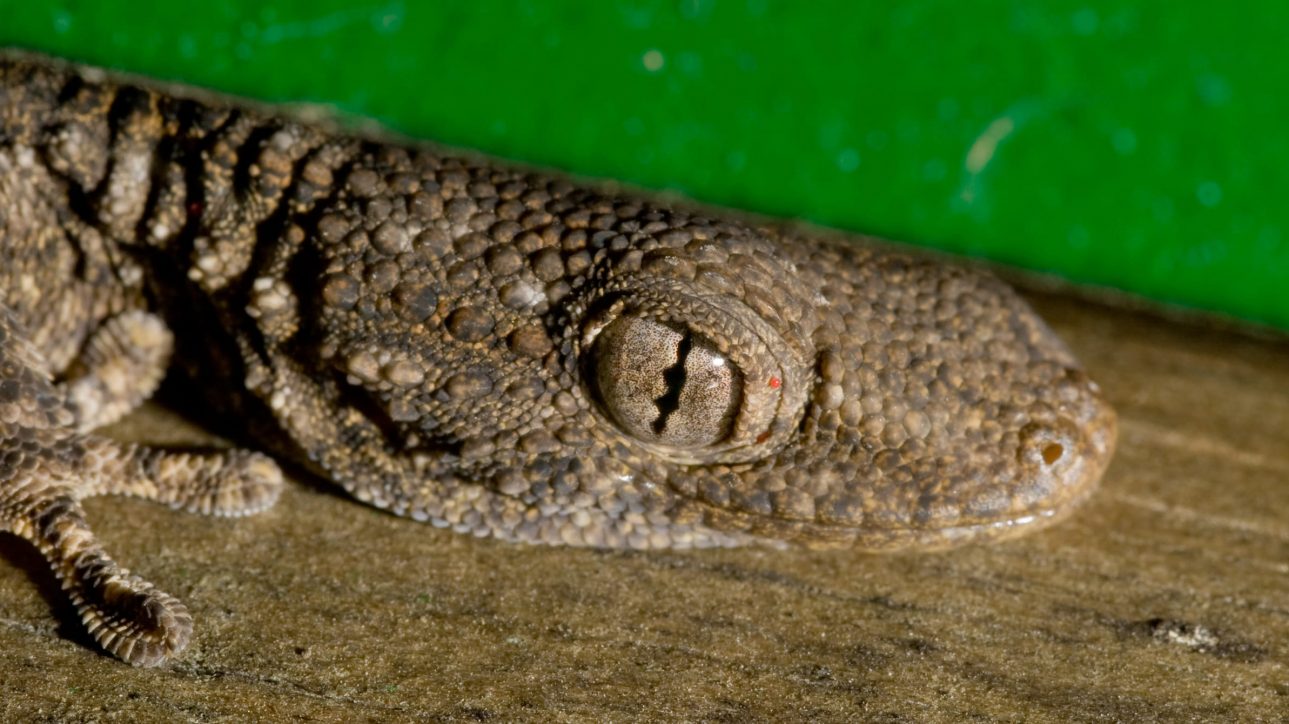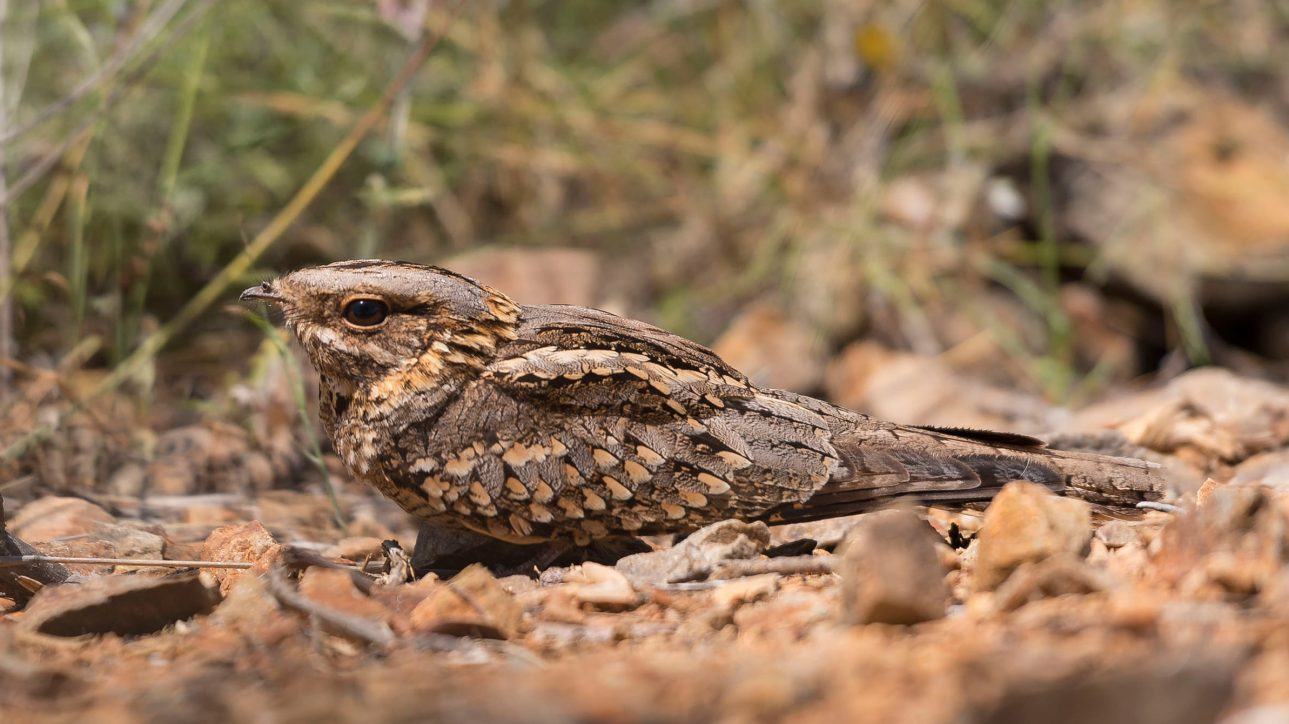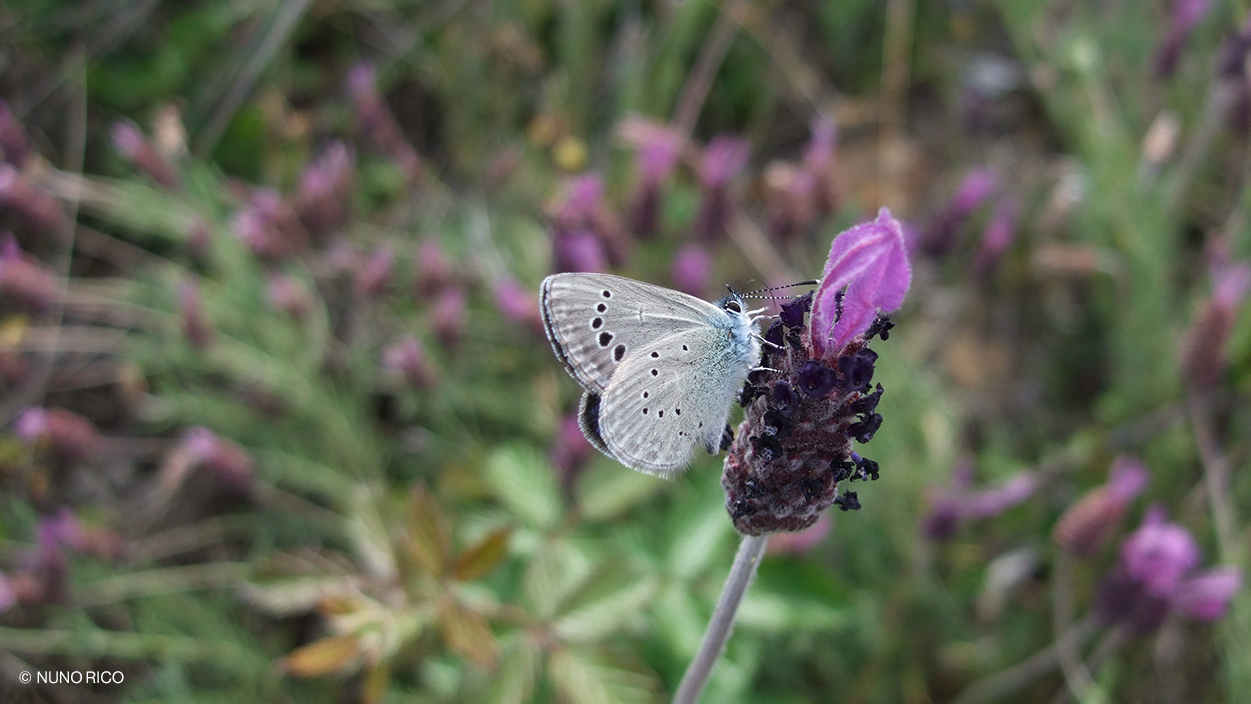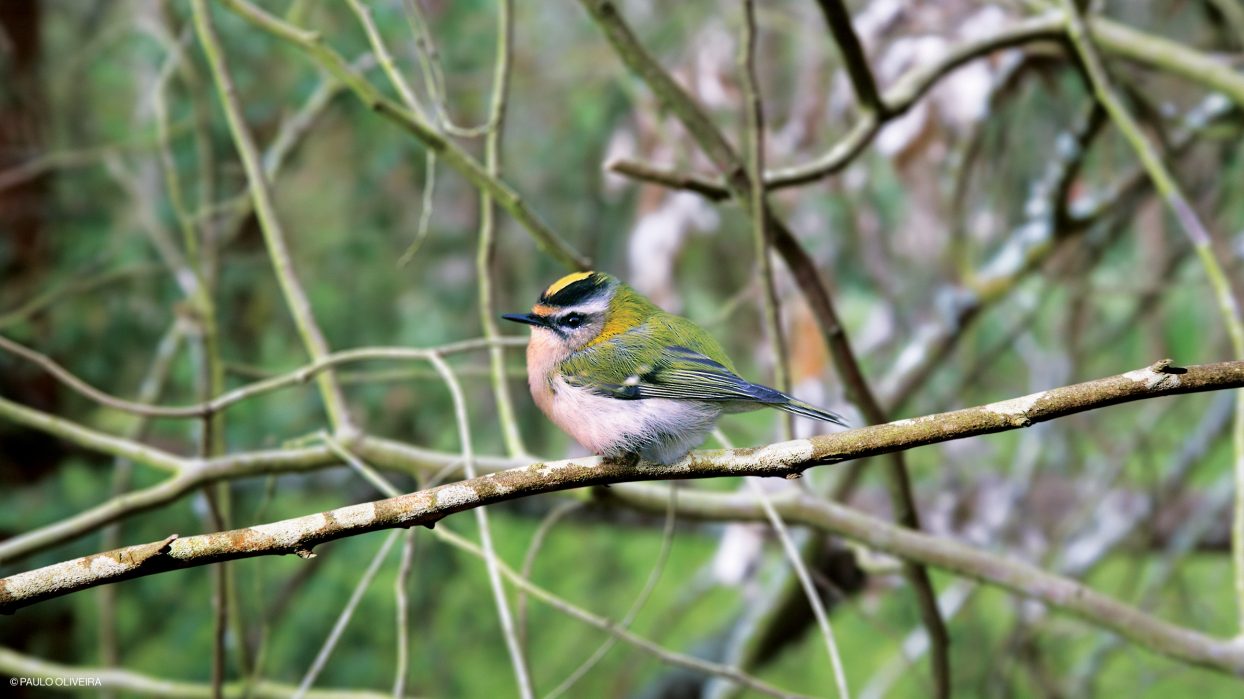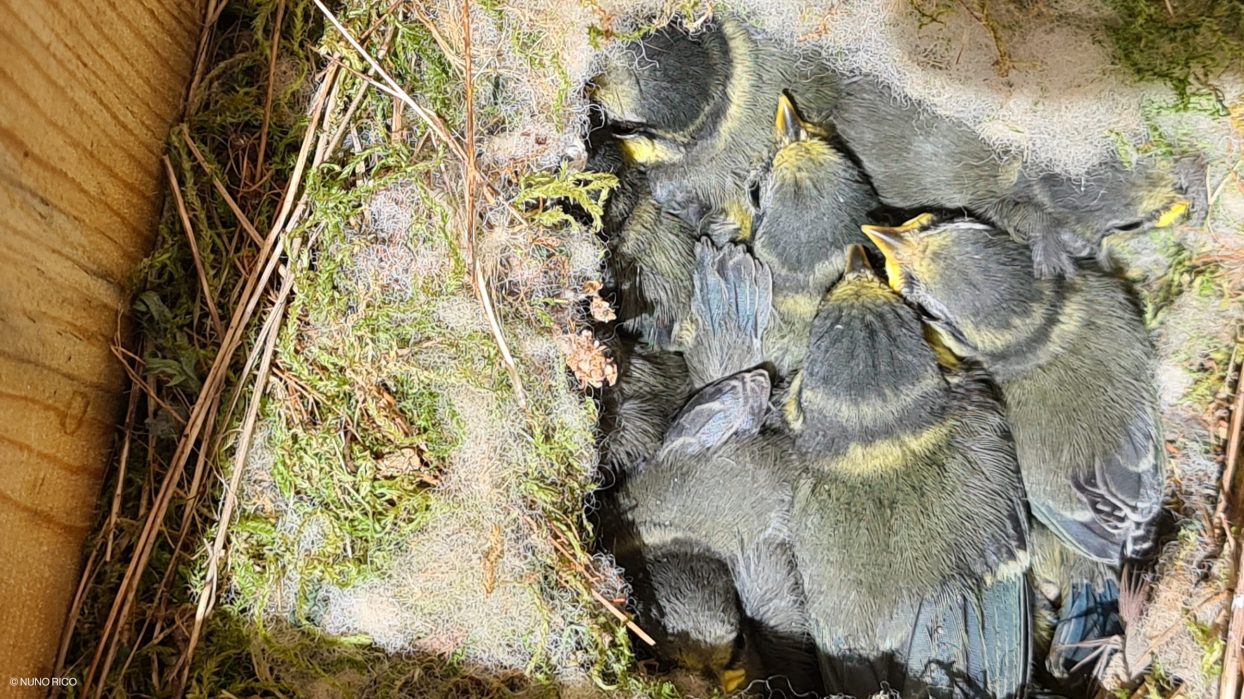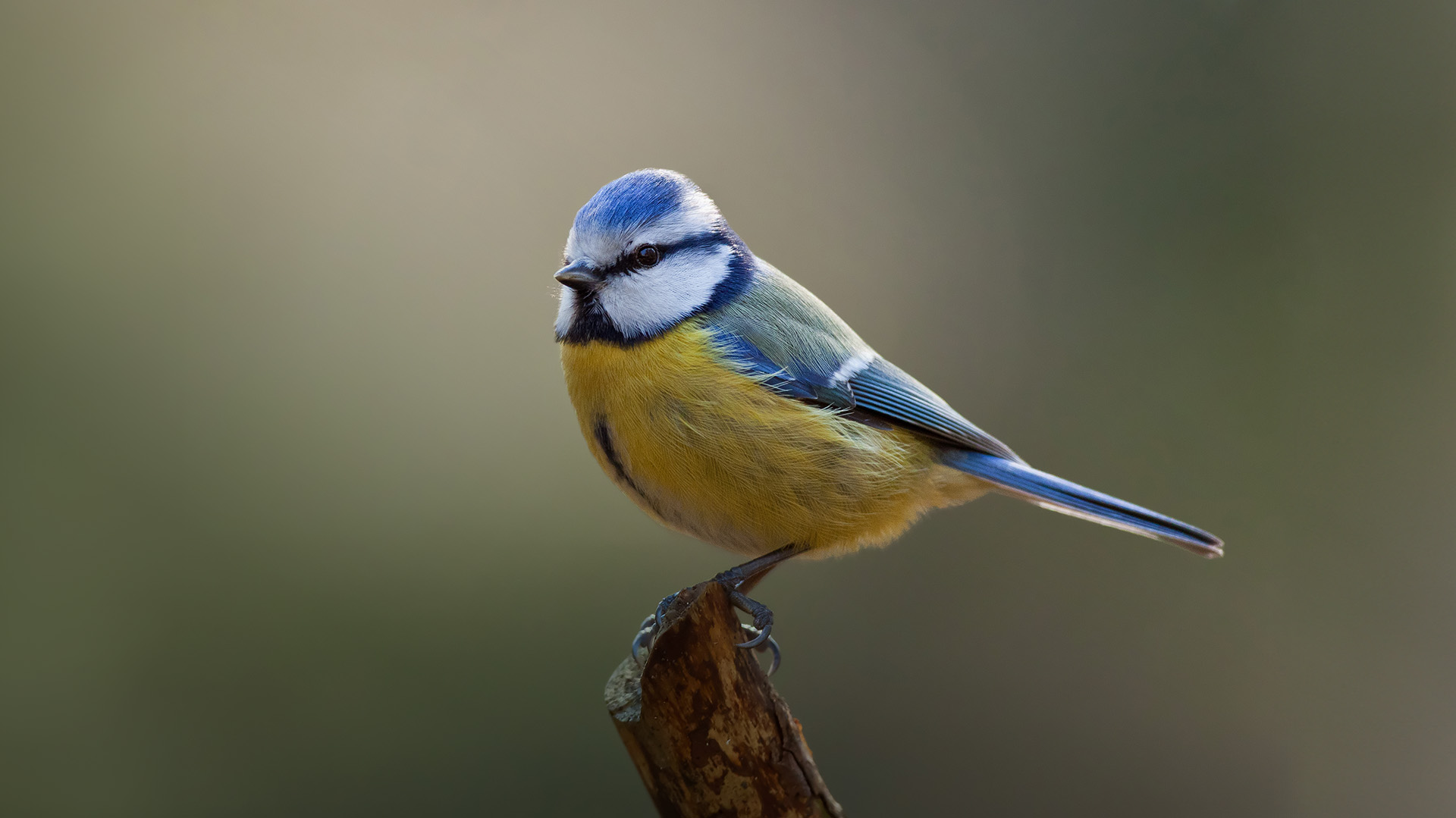Those who come across the Portuguese crowberry (corema album) in coastal ecosystems cannot resist the beauty of its edible fruits and the small pearl berries bearing the same name. This Iberian endemism also occurs in some Azorean islands and plays an important role in soil stabilisation, avoiding erosion in vulnerable areas and preserving the dunes. Learn more about the interesting (and delicious) crowberry and its ecological, cultural and medicinal importance.
Navigator Forests: maintaining and enhancing natural values
The forests managed by The Navigator Company total around 105,000 hectares in Portugal (a country where forest areas exceed 3 million hectares). In these forests, more than 240 species of fauna and 800 species and subspecies of flora have already been identified (end of 2021). Here, biodiversity management cuts across field operations to maintain and enhance their natural values.
